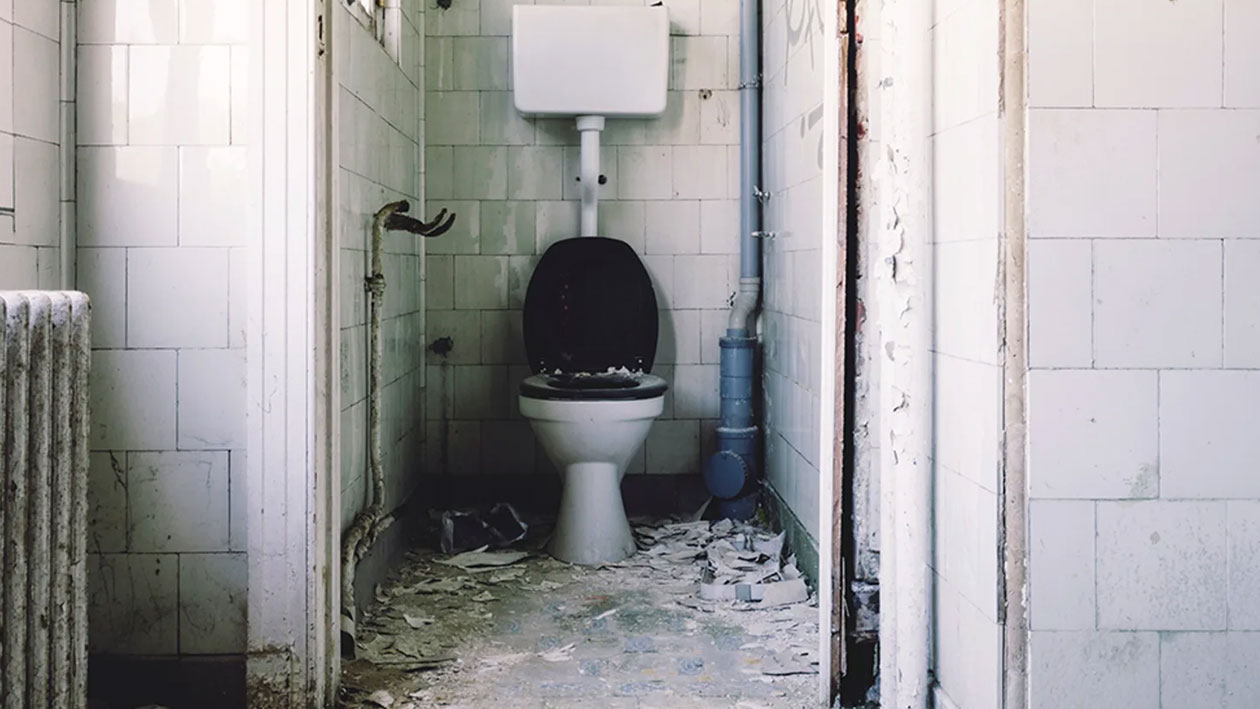Knowing when to replace your toilet is essential for maintaining a functional and efficient bathroom. Here are several key indicators that it might be time to invest in a new toilet:
Age and Efficiency
The general rule of thumb is to replace your toilet every 25 years. However, if your toilet was installed before 1994, it’s likely using significantly more water per flush than modern models. Toilets manufactured after 1994 use 1.6 gallons per flush, compared to the older models that used an average of 4.25 gallons. Replacing an older toilet can lead to substantial water savings over time.
Frequent Issues
Constant Clogging
If you find yourself reaching for the plunger to unblock your toilet more than once a week or experiencing random, unexplained clogs, it’s a strong sign that your toilet needs replacement. This is particularly common in older low-flush toilets, which are notorious for requiring multiple flushes.
Recurring Repairs
When you find yourself frequently calling a plumber or making multiple repairs, it’s often more cost-effective to replace the toilet entirely. If your toilet requires numerous repairs simultaneously, replacement might be the more economical option in the long run.
Structural Problems
Cracks
Inspect your toilet regularly for hairline cracks in the bowl or tank. These small cracks can lead to leaks and potentially cause significant water damage if left unaddressed. If you notice any cracks, it’s time to replace the toilet before the situation worsens.
Wobbling
A wobbling toilet could indicate loose screws, but it might also signify a more serious problem such as water damage or rotting in the floor beneath. If tightening the bolts doesn’t resolve the issue, consult a professional and consider replacement.
Inefficiency
High Water Bills
If you’ve noticed an unexplained increase in your water bills, an inefficient toilet could be the culprit. Modern low-flow toilets use significantly less water per flush, which can lead to substantial savings on utility costs.
Mineral Buildup
In areas with hard water, mineral deposits can accumulate in the inlet holes and siphon tube, impeding water flow and reducing flushing efficiency. While some buildup can be cleared, severe cases may necessitate toilet replacement.
Aesthetic Reasons
While not a functional issue, outdated style or colour can be a valid reason for replacement, especially if you’re renovating your bathroom or preparing to sell your home.
Remember, replacing a toilet is a relatively simple process that can often be completed in an afternoon. However, if you’re unsure about any aspect of the replacement, it’s always best to consult with a professional plumber who is skilled at new toilet installations to ensure proper installation and avoid potential water damage or other issues.
Do New Toilets Flush Better Than Old Ones?
Yes, new toilets in Australia generally flush better than old ones while using significantly less water. This improvement is due to advancements in toilet design and technology, as well as government regulations promoting water efficiency.
Water Efficiency and Performance
Modern toilets in Australia are designed to meet the Water Efficiency Labelling Standards (WELS) set by the Australian Government. These standards require that toilet flushes must not exceed 5.5 litres. Many new toilets go beyond this requirement, offering impressive water savings without compromising performance.
Dual-Flush Technology
One of the most significant improvements in Australian toilets is the widespread adoption of dual-flush technology. These toilets typically use:
- 3 litres for a half flush (liquid waste)
- 5 litres for a full flush (solid waste)
This dual-flush flushing mechanism allows for efficient water use while maintaining effective flushing power. In fact, dual-flush toilets can reduce water consumption by as much as 67% compared to older models.
Star Ratings
The WELS scheme includes a star rating system to indicate flushing efficiency. The most efficient low-flush toilets, typically dual-flush models, often achieve a 4-star rating. Some models even reach 5-star ratings by incorporating innovative features like integrated hand basins that use greywater for flushing.
Technological Advancements
Modern Australian toilets incorporate various technologies to improve flushing performance:
- Redesigned bowl and trapway shapes
- Improved flushing mechanisms
- Pressure-assisted systems (in some models)
These advancements ensure that new toilets can effectively clear waste with less water than their older counterparts.
Comparison to Older Models
Older toilets in Australia often used significantly more water, sometimes up to 7 gallons (about 26.5 litres) per flush. In contrast, new dual-flush toilets use between 3 and 4.5 litres per flush, achieving better performance with a fraction of the water.
While some early low-flow toilets introduced in the 1990s had performance issues, manufacturers have since refined their designs. Today’s low-flow and dual-flush toilets work as well or better than older high-volume models.
In conclusion, new toilets in Australia not only flush better than old ones but do so while dramatically reducing water consumption, making them both more efficient and environmentally friendly.



